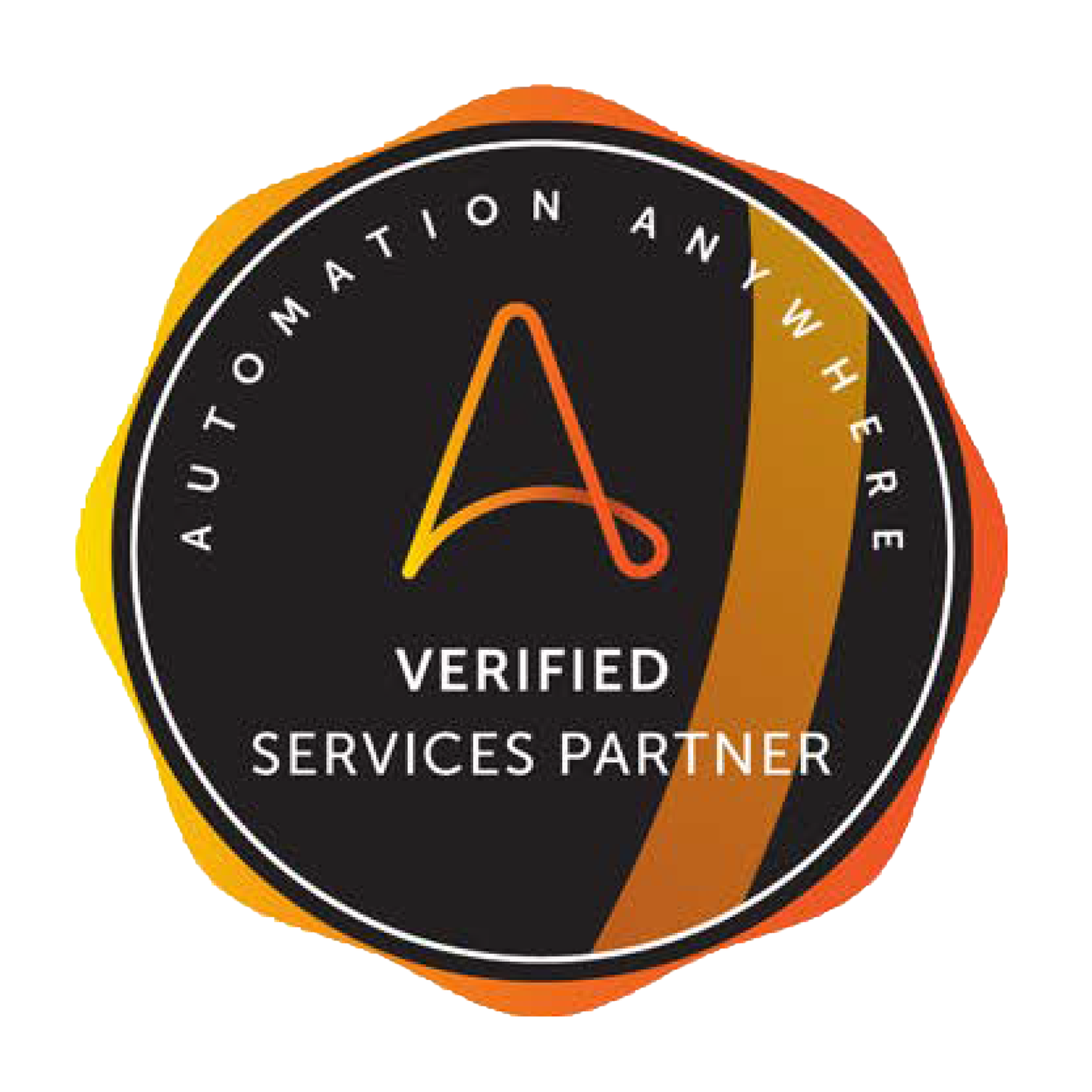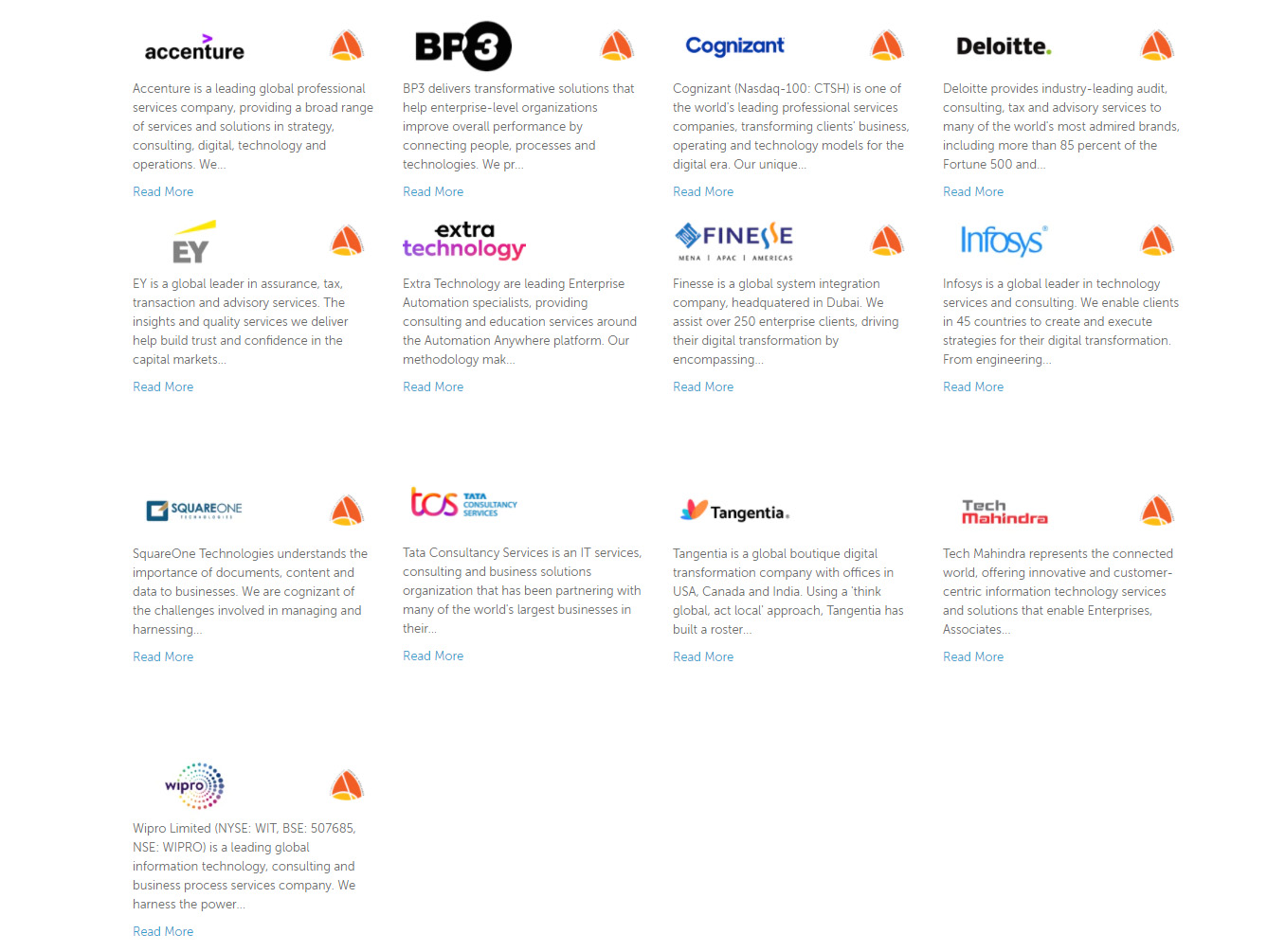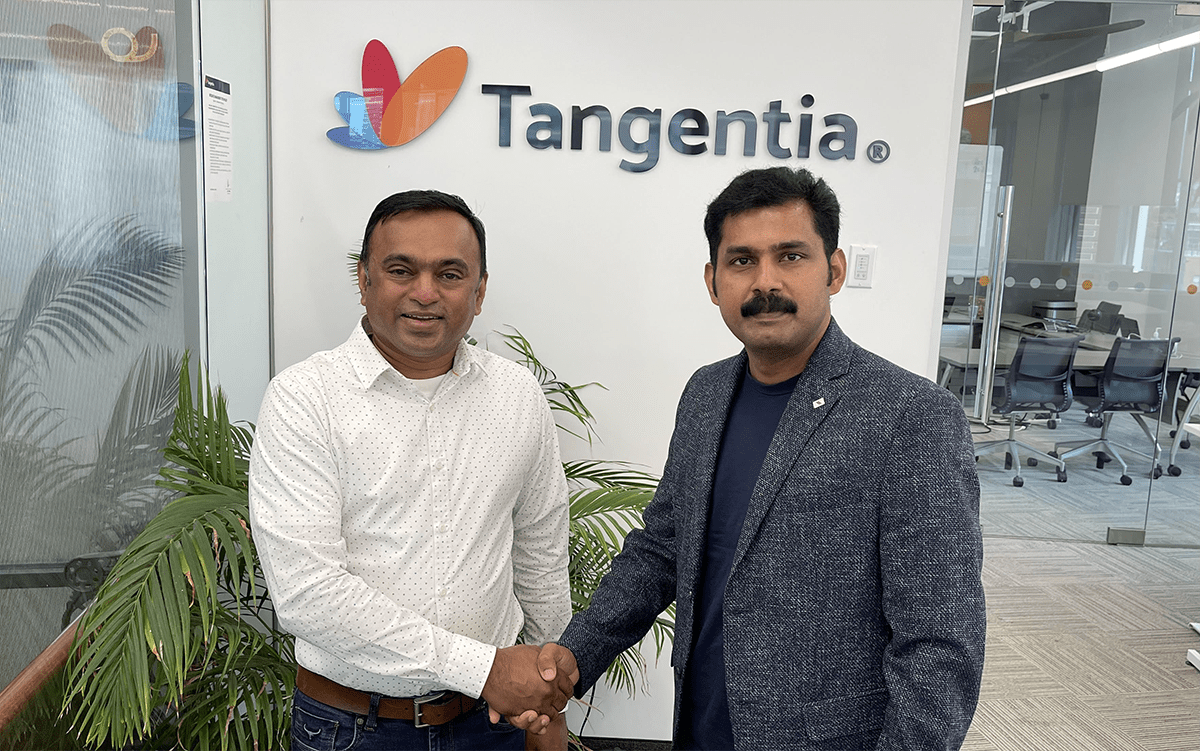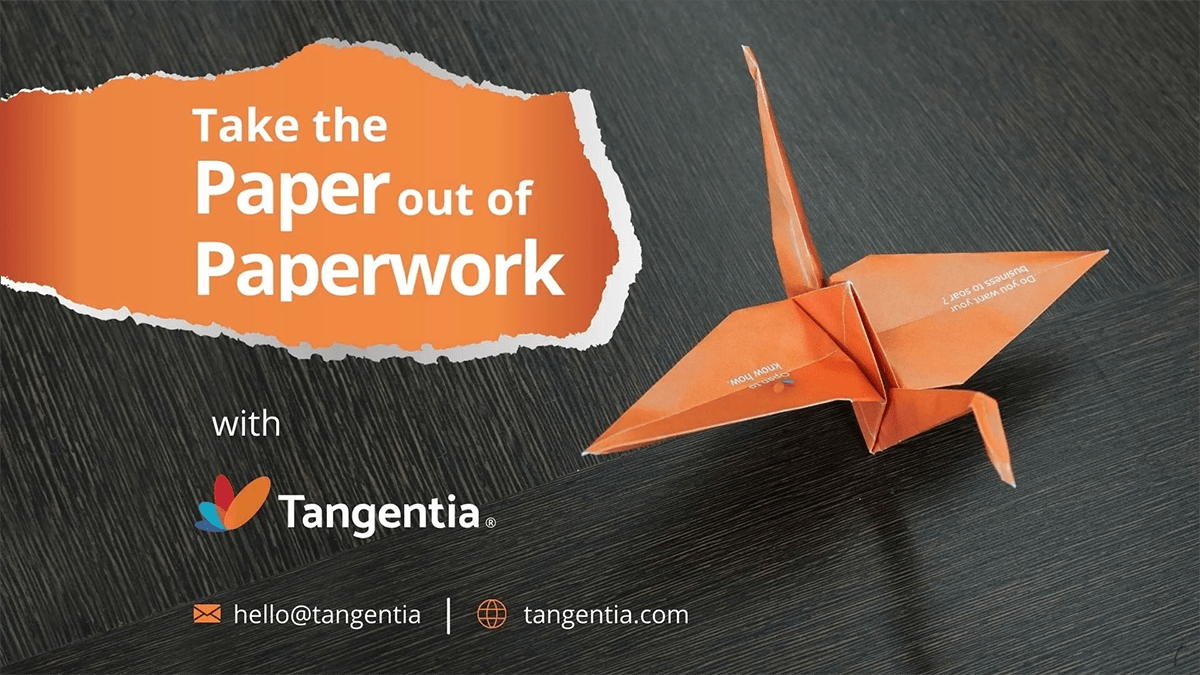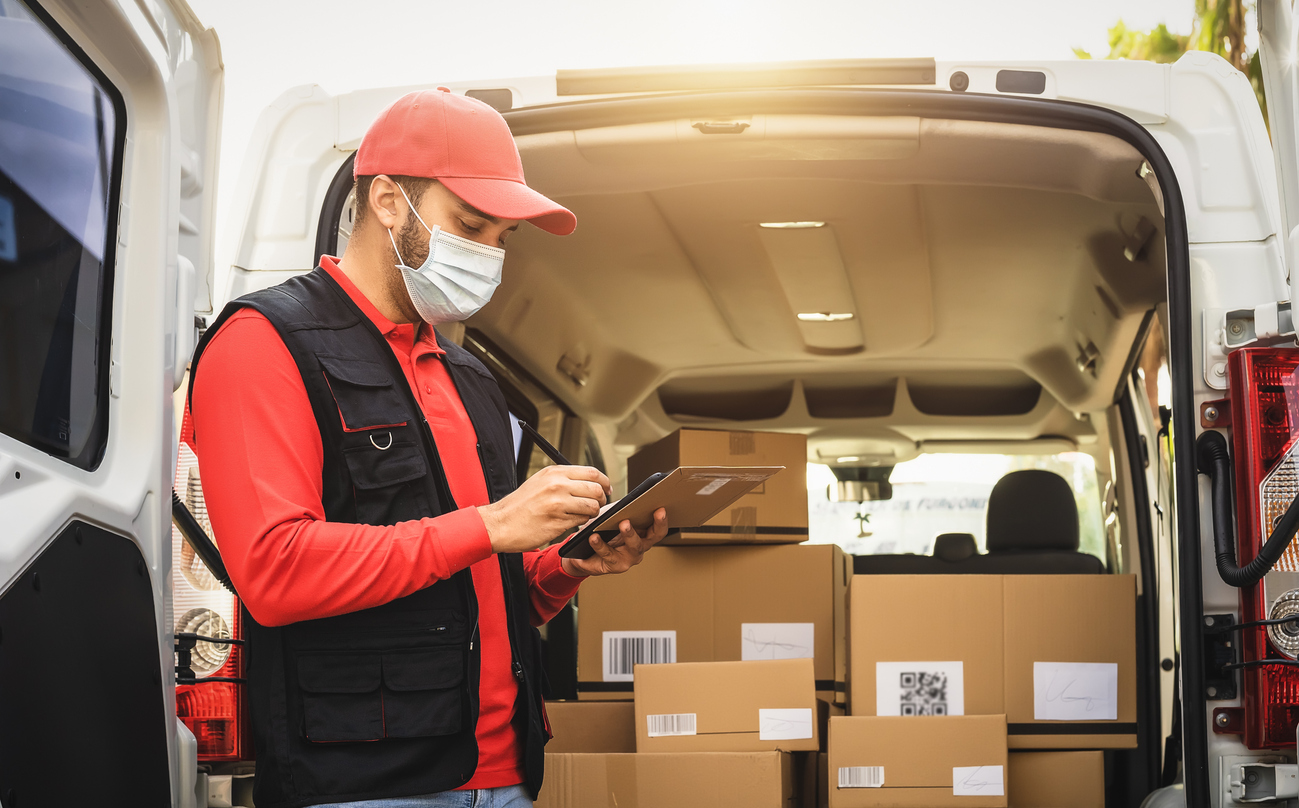Perhaps one of the greatest concerns that has come with the implementation of automation in the workplace is that people would lose their jobs. However, the reality is that automation does not take jobs away from people. In fact, it is resulting in the creation of new jobs.
Robotic Process Automation (RPA) is one of the fastest-growing technologies in the world today and it is being adopted by many different industries, such as retail, automotive, telecom, healthcare, manufacturing, and oil & gas. RPA is being used to automate repetitive, outdated and, time-consuming processes, freeing employees to focus on higher-value tasks, such as nurturing customer relationships and exploring new sales opportunities.
However, RPA is doing more than helping employees engage in work that is more meaningful. It is also creating a significant number of new jobs. And since these types of positions are new, it means the demand is high and the salaries are competitive. The question is who are these jobs targeted at?
A wide range of opportunities
You might think that because RPA is a new technology, the jobs that are being created are strictly for technologists. However, that is not the case. There is actually a wide range of job types that are being created to ensure that RPA can be developed, implemented, and maintained at all levels of an organization.
There are many examples of the types of jobs that are coming available thanks to RPA. In addition to the development and building of RPA solutions, available jobs include business analysts, ethics specialists, business-IT liaisons, and champions.
Top jobs in RPA today
With so many RPA-related jobs, it’s helpful to know which ones are exceptionally hot right now and what skills are required to fill these positions. Here is a list of the most in-demand jobs related to RPA.
- RPA developers: An RPA developer is a person who writes the computer code to create the RPA software that automates work processes. They typically work with an analyst to understand what business processes would benefit most from automation and how those processes work. This requires skills and knowledge in the area of programming exception handling, control flows, and data structures and they must be able to understand how RPA is related to and drives business value.
- RPA architect: An RPA architect is a role that is often filled by the software developer. This is the person who oversees the planning and design behind the integrations and workflow that the developer is required to code. The skills and knowledge required for this include the ability to develop workflow diagrams and provide strategic documentation of each process before it is automated. They should also know when there is a more suitable traditional software solution that would be of greater benefit than RPA.
- RPA analyst: An RPA analyst is a role that can be filled by a business analyst who receives the proper training. The analyst is the person who looks closely at which
business processes are the best candidates for automation and works closely with the developer on this front. The skills and knowledge required include a solid understanding
of business processes and at least a basic understanding of RPA tools. They must also be able to create diagrams and presentations that illustrate the required workflows. - RPA tester: An RPA tester is a person who oversees the ongoing testing of RPA once it has been deployed. This includes testing throughout the development lifecycle of the bot and the ecosystem in which the automated process exists. The goal is to create an error-free environment.
- Bot master: A bot master is a person who oversees the monitoring of the bots, particularly when these bots have been integrated with advanced artificial intelligence
(AI). Their primary role is to ensure that each bot continues to provide value for the organization, which requires them to have both software and hardware skills and the
ability to collaborate with technical, business, and executive teams. - RPA champion: An RPA champion is a person who promotes RPA and its benefits throughout the organization, letting employees know what RPA is, how it will function in
their work environment, and what successes have been achieved. They will also be responsible for the education and upskilling of new teams as the technology is rolled out within the company.
Many of these roles are suitable for people who are already working in the organization or who have experience as business analysts, cross-functional liaisons, and Excel super users. This means that this new field of employment is ready and waiting for people who have a wide variety of skills to bring to the table.
RPA jobs at Tangentia
Tangentia is creating hundreds of jobs in the RPA space, particularly since they recently acquired Cycloides Technologies. This acquisition has nearly doubled the team capacity at Tangentia, as they seek to support their existing customer base in Canada and their growing customer base in India. With this goal at the forefront, Tangentia is planning to generate more than 100 new jobs globally.
For more information about joining the Tangentia team and to learn about the exciting career opportunities at Tangentia, reach out to Tangentia careers today.










